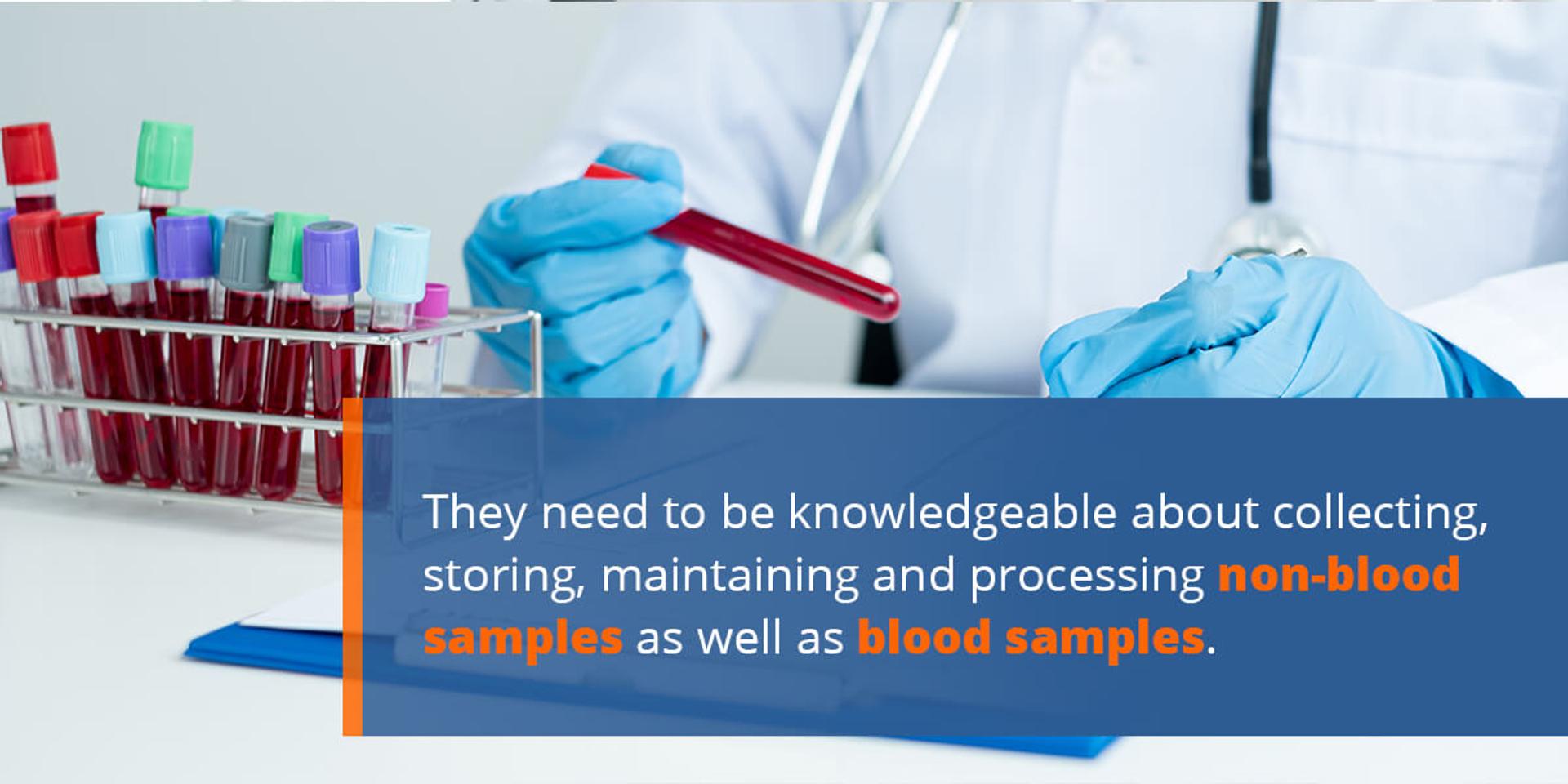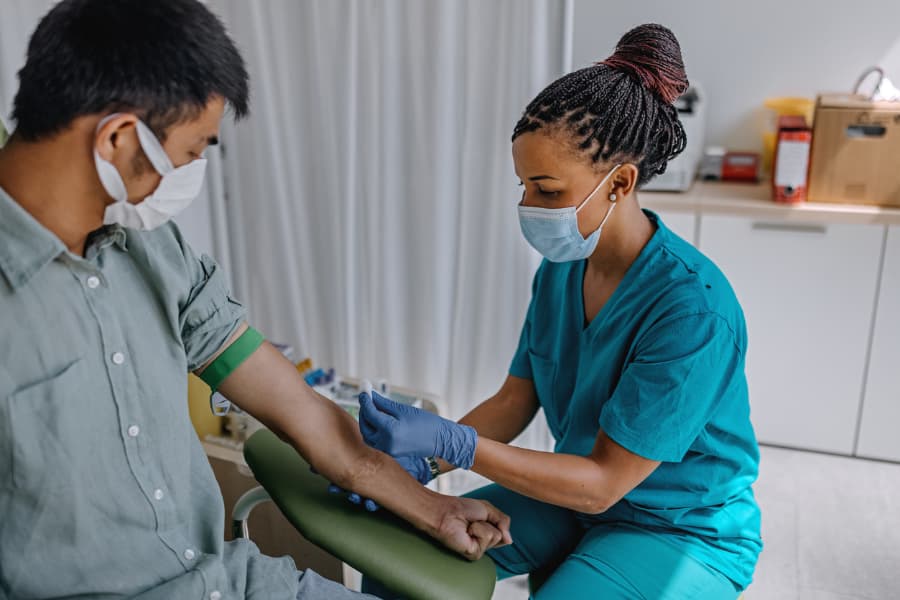The Ultimate Guide To Northeast Medical Institute - New Haven Campus Phlebotomy Course & Cna Class
The Ultimate Guide To Northeast Medical Institute - New Haven Campus Phlebotomy Course & Cna Class
Blog Article
Unknown Facts About Northeast Medical Institute - New Haven Campus Phlebotomy Course & Cna Class
Table of ContentsNortheast Medical Institute - New Haven Campus Phlebotomy Course & Cna Class Things To Know Before You Get ThisHow Northeast Medical Institute - New Haven Campus Phlebotomy Course & Cna Class can Save You Time, Stress, and Money.The Greatest Guide To Northeast Medical Institute - New Haven Campus Phlebotomy Course & Cna ClassThe Best Guide To Northeast Medical Institute - New Haven Campus Phlebotomy Course & Cna ClassNortheast Medical Institute - New Haven Campus Phlebotomy Course & Cna Class Can Be Fun For Anyone8 Easy Facts About Northeast Medical Institute - New Haven Campus Phlebotomy Course & Cna Class Described
The use of such devices must be come with by various other infection avoidance and control practices, and training in their use. Not all safety gadgets are applicable to phlebotomy. Prior to choosing a safety-engineered gadget, customers must thoroughly investigate available devices to determine their appropriate use, compatibility with existing phlebotomy techniques, and effectiveness in shielding team and clients (12, 33).For setups with reduced resources, cost is a motoring aspect in procurement of safety-engineered gadgets. Where safety-engineered gadgets are not available, proficient use of a needle and syringe is acceptable.
Among the essential markers of top quality of care in phlebotomy is the involvement and participation of the client; this is mutually beneficial to both the health and wellness worker and the individual. Clear details either composed or verbal ought to be offered to each client who goes through phlebotomy. Annex F gives sample text for describing the blood-sampling treatment to a patient. In the blood-sampling area for an outpatient division or center, offer a comfortable reclining sofa with an arm remainder.
Some Ideas on Northeast Medical Institute - New Haven Campus Phlebotomy Course & Cna Class You Need To Know
Make certain that the indications for blood tasting are clearly defined, either in a composed protocol or in recorded guidelines (e.g. in a laboratory form). In all times, comply with the techniques for infection prevention and control detailed in Table 2.2. Infection prevention and control techniques. Collect all the tools required for the treatment and area it within risk-free and simple reach on a tray or trolley, making certain that all the things are plainly noticeable.
Introduce on your own to the individual, and ask the client to specify their complete name. Examine that the laboratory type matches the individual's identification (i.e. match the client's information with the research laboratory kind, to make sure exact identification).
Make the patient comfy in a supine position (if possible). The client has a right to refuse an examination at any type of time before the blood sampling, so it is crucial to make sure that the individual has actually comprehended the procedure - PCT Training.
The 20-Second Trick For Northeast Medical Institute - New Haven Campus Phlebotomy Course & Cna Class
Prolong the person's arm and evaluate the antecubital fossa or lower arm. Find a blood vessel of an excellent dimension that is noticeable, straight and clear.
DO NOT insert the needle where capillaries are drawing away, since this enhances the opportunity of a haematoma. The blood vessel ought to show up without applying the tourniquet. Situating the blood vessel will help in establishing the appropriate size of needle. Use the tourniquet about 45 finger widths above the venepuncture site and re-examine the vein.
Samplings from central lines carry a danger of contamination or erroneous laboratory examination outcomes. It is appropriate, but not excellent, to attract blood specimens when first presenting an in-dwelling venous tool, prior to connecting the cannula to the intravenous liquids.
The Best Strategy To Use For Northeast Medical Institute - New Haven Campus Phlebotomy Course & Cna Class
Allow the location to dry. Failing to allow sufficient get in touch with time raises the risk of contamination. DO NOT touch the cleaned site; particularly, DO NOT put a finger over the capillary to guide the shaft of the exposed needle. It the website is touched, repeat the sanitation. Execute venepuncture as adheres to.
Ask the client to develop a clenched fist so the capillaries are extra noticeable. Get in the blood vessel promptly at a 30 level angle or much less, and remain to present the needle along the capillary at the easiest angle of entry - Phlebotomy Classes. When adequate blood has been collected, release the tourniquet prior to withdrawing the needle
The Northeast Medical Institute - New Haven Campus Phlebotomy Course & Cna Class Ideas
Withdraw the needle delicately and apply mild pressure to the website with a clean gauze or dry cotton-wool round. Ask the individual to hold the gauze or cotton woollen in position, with the arm extended and increased. Ask the patient NOT to flex the arm, since doing so creates a haematoma.

Not known Facts About Northeast Medical Institute - New Haven Campus Phlebotomy Course & Cna Class
Do not push the syringe plunger since additional pressure boosts the danger of haemolysis. Where feasible, maintain televisions in a shelf and move the rack in the direction of you. Inject downwards into the appropriate coloured stopper. DO NOT eliminate the stopper because it will certainly release the vacuum. If the sample tube does not have a rubber stopper, infuse incredibly slowly right into the tube as decreasing the pressure and velocity utilized to transfer the sampling lowers the threat of haemolysis.

Report this page